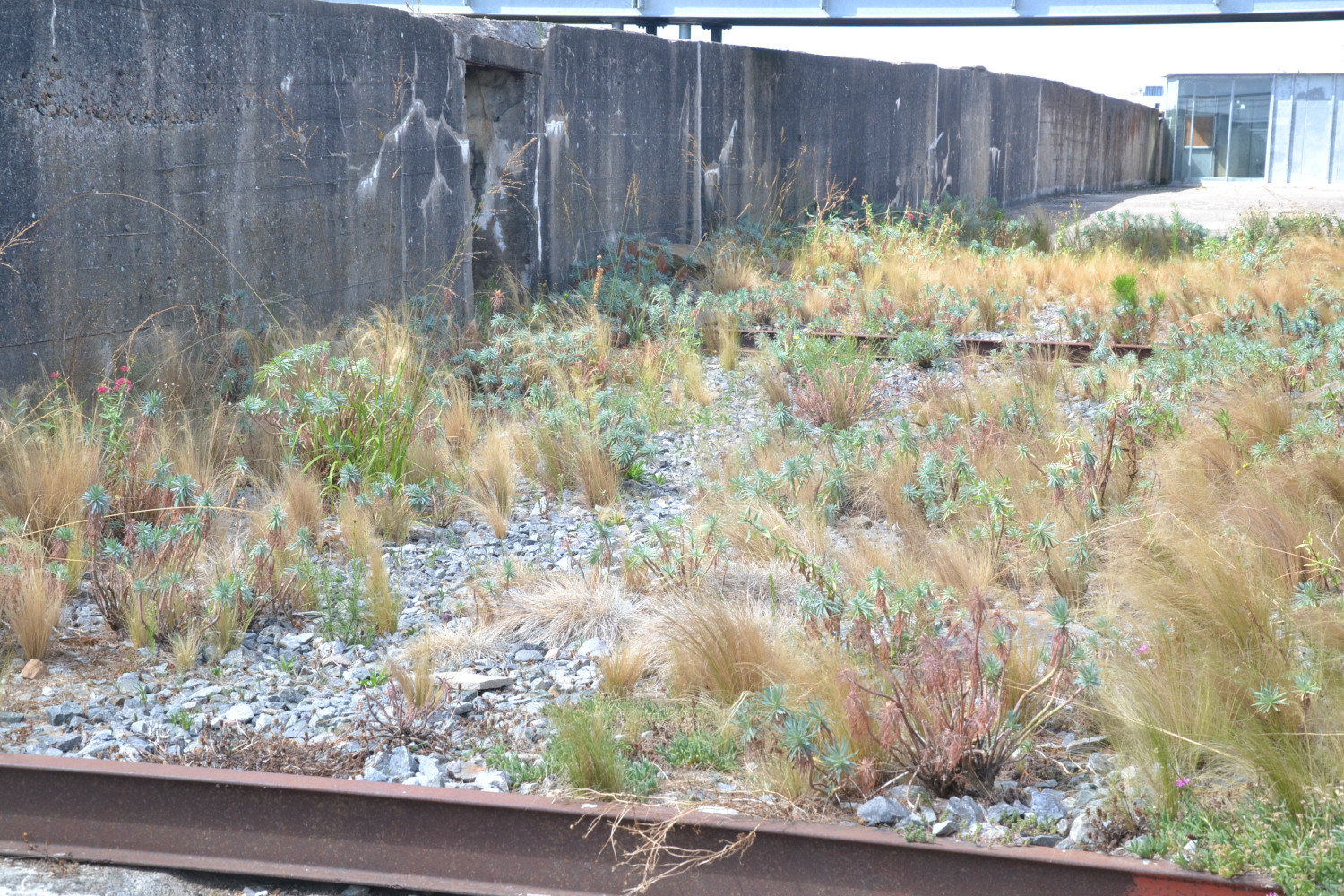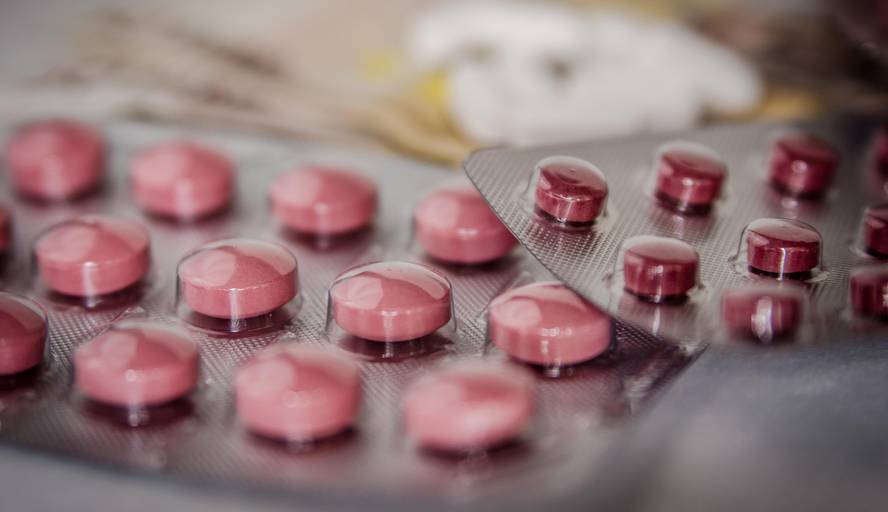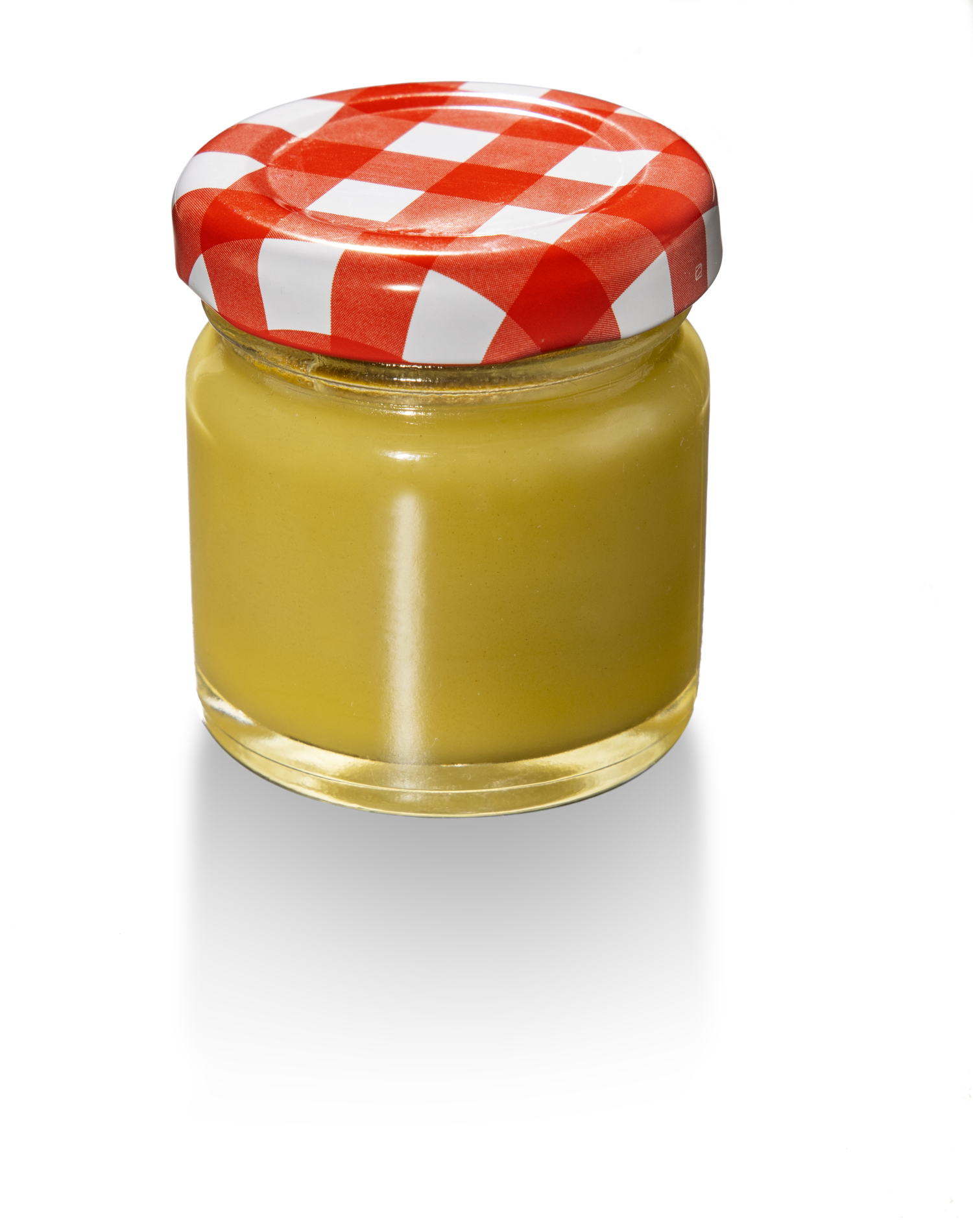Increasing self-harm among adolescents
- They have no suicidal intentions and no need to have a mental illness: self-harm is a way to manage emotional pain for many. According to the World Health Organization, 20% of children have done physical harm to themselves, and are among the five major adolescent health problems.

Most adolescents who practice self-injury through body cuts or burns, blows against something, bite or crispation... do not want to do harm, quite the opposite: it is a way to release emotional pain, physical pain serves in some way to cover the deeper pain and regulate suffering, it works as escape when they are emotionally overcome. That is what the experts say. It can be a distress or a timely response to the stress caused by a situation (by abandonment of the boyfriend or the girlfriend, by an examination...) or a tendency to routine and repetitive (increasing the risk).
Although the most widespread profile is for girls aged 15 to 19, since the pandemic the number of young people self-injured has increased considerably, and the novelty is that they are not patients with mental illness but are increasingly young.
“No one likes to suffer and feel negative emotions, but as we move towards the adult, we develop cognitive mechanisms to relativize and assimilate suffering, and as in adolescence they are not so developed, they seek alternatives to escape suffering,” says the psychiatrist interviewed in El Salton-. It’s also a way to communicate that you’re wrong: when they can’t put words into what they feel, they express it through the body.”
What to do and what not to do
In El Salton, professional advice has also been gathered to find out what to do in the home or in the environment: not giving opinions about self-harm, not expressing reproach for what is being done, not sending wounds and stains (it is very common among parents, but for some it is very private), not banning or saying that it is not repeated, neither feeling guilty nor guilty, nor drawing attention. Do ask what concerns you have and how you feel, listen and submit that it is to help you, that it gives importance to your emotions, that a failure has not been passed on and that the situation will be resolved.
You may not know who Donald Berwick is, or why I mention him in the title of the article. The same is true, it is evident, for most of those who are participating in the current Health Pact. They don’t know what Berwick’s Triple Objective is, much less the Quadruple... [+]
Indartsua, irribarretsua eta oso langilea. Helburu pila bat ditu esku artean, eta ideia bat okurritzen zaionean buru-belarri aritzen da horretan. Horiek dira Ainhoa Jungitu (Urduña, Bizkaia, 1998) deskribatzen duten zenbait ezaugarri. 2023an esklerosi anizkoitza... [+]
Pazienteek Donostiara joan behar dute arreta jasotzeko. Osasun Bidasoa plataforma herritarrak salatu du itxierak “are gehiago hondatuko” duela eskualdeko osasun publikoa.
EAEn BAMEa (famili medikuen formazioa) lau urtetik hiru urtetara jaistea eskatu du Jaurlaritzak. Osakidetzaren "larritasunaren" erantzukizuna Ministerioari bota dio Jaurlaritzako Osasun sailburu Alberto Martinezek: "Ez digute egiten uzten, eta haiek ez dute ezer... [+]
Sare sozialen kontra hitz egitea ondo dago, beno, nire inguruan ondo ikusia bezala dago sare sozialek dakartzaten kalteez eta txarkeriez aritzea; progre gelditzen da bat horrela jardunda, baina gaur alde hitz egin nahi dut. Ez ni optimista digitala nauzuelako, baizik eta sare... [+]



















